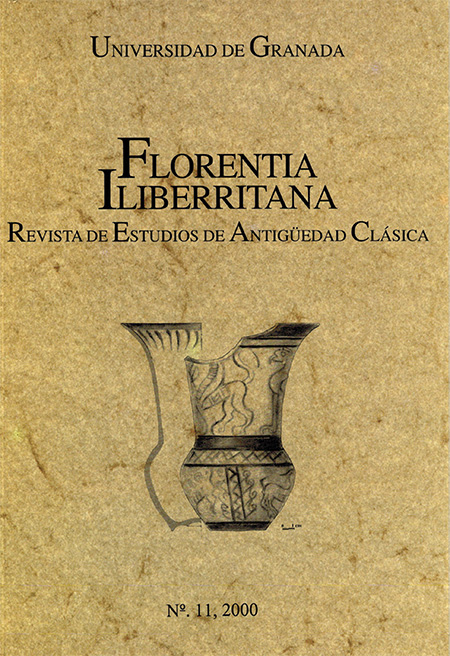La locura de Orestes en la literatura española contemporánea
Keywords:
Orestes, locura, literatura contemporáneaAbstract
In the present work, several approaches about the theme of Orestes within Spanish literature are analysed: Electra by José María Pemán, El pan de todos by Alfonso Sastre, Un hombre que se parecía a Orestes, by Álvaro Cunqueiro, Egisto by Domingo Miras, and "Orestes", in Las rocas y el mar, lo azul by Salvador Espriu. In these literary works the theme is marked by two main features: firstly, it functions as a representation of the madness produced in killer's mind because of the consequences of murder, which can be simplified only with madness. On the other hand, the most substantial differences from its original treatrnent in The Oresteia are individualization within the limits where this process takes place, and also, the absence of external agents provoking and giving a solution to the mental crisis of the subject. Nevertheless, the need for representing in a plastic way, specially in theatre, this struggle makes the character of Erinias be almost as necessary as the one of Orestes himself.












